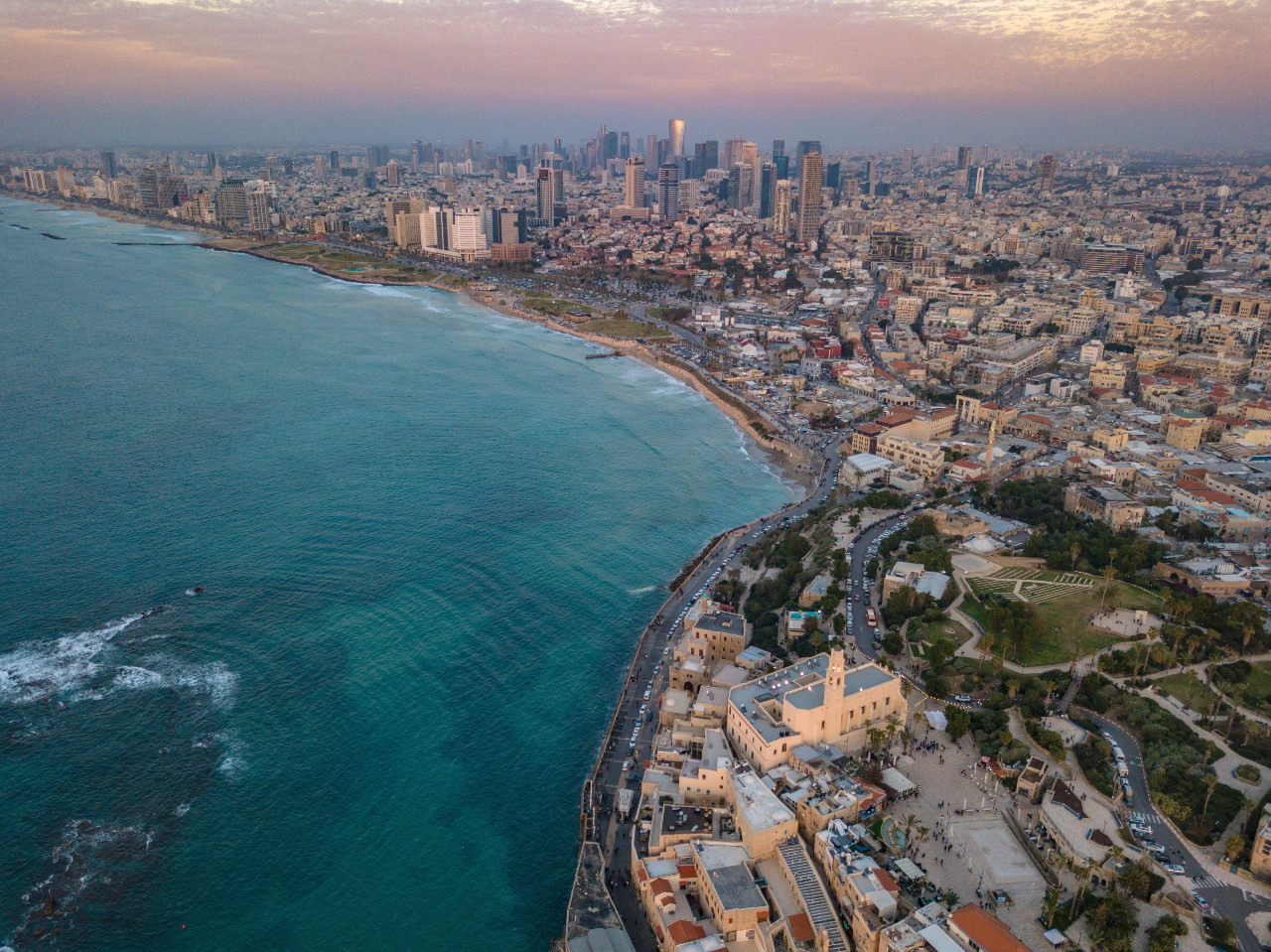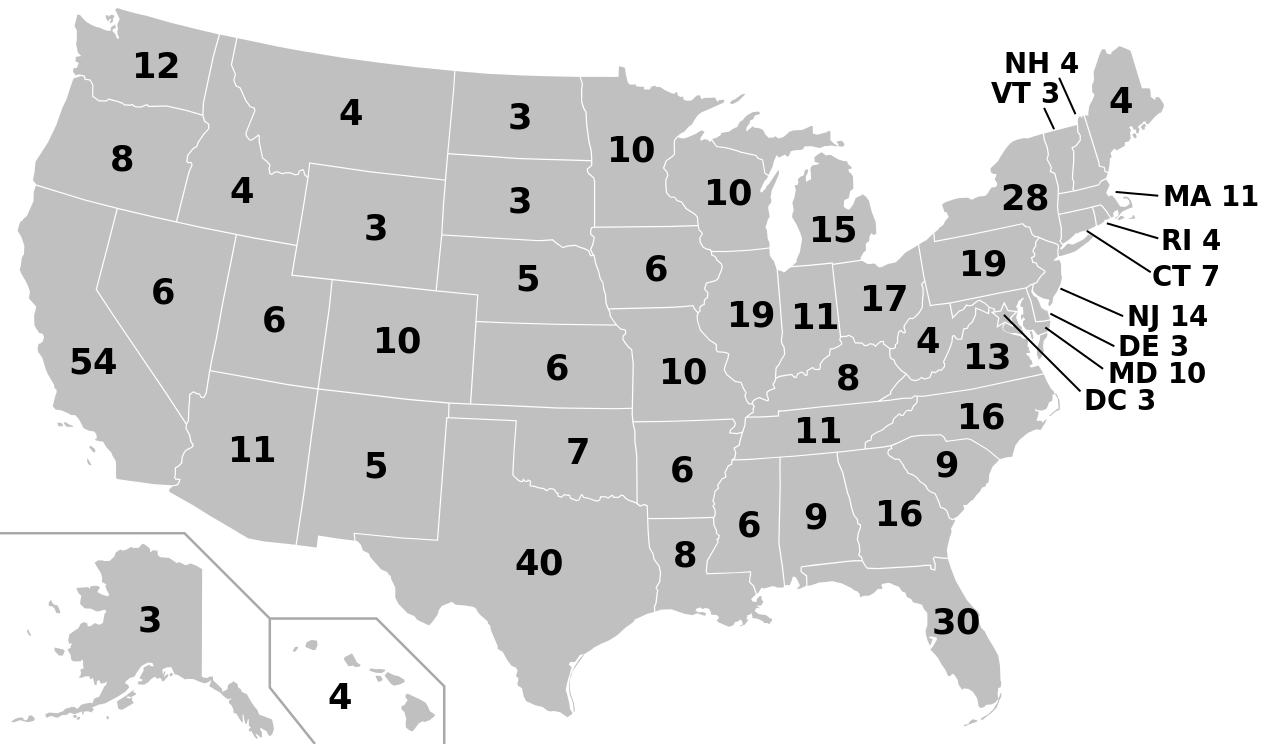With tensions rising in Gaza between Israeli’s IDF and Palestinians / Hamas, it might be helpful to understand the history of the conflict and all the factors that have led up to the recent attacks. The Israeli-Palestinian conflict is a long-standing and deeply rooted dispute that has captured global attention for decades. Understanding the reasons behind the strained relationship between Israelis and Palestinians requires delving into historical, political, and cultural factors that have contributed to the ongoing tensions.
Historical Roots
The conflict traces its origins back to the late 19th and early 20th centuries when Jewish and Arab nationalist movements emerged in the Middle East. The competing claims to the same land, coupled with the rise of Zionism and Arab nationalism, laid the groundwork for a protracted struggle over territory and national identity.
Early Twentieth Century: Seeds of Nationalism
In the early 20th century, the Middle East witnessed a surge of nationalist movements, both Jewish and Arab, amid the decline of the Ottoman Empire. The Zionist movement, advocating for a homeland for Jewish people, gained momentum, particularly in Europe where anti-Semitic sentiments were on the rise. Simultaneously, Arab nationalism emerged as a response to colonialism and the desire for self-determination among Arab-speaking communities.
Balfour Declaration and Mandate Period
The Balfour Declaration of 1917, issued by the British government, expressed support for the establishment of a “national home for the Jewish people” in Palestine. This declaration, while welcomed by the Zionist movement, sparked tensions with the Arab population who feared displacement and loss of their homeland. Following World War I, the League of Nations granted Britain the mandate to govern Palestine, intensifying the clash between Jewish and Arab interests.
Post-World War II: Partition and Statehood
The horrors of the Holocaust in Europe prompted international sympathy for the Jewish cause, leading to increased Jewish immigration to Palestine. In 1947, the United Nations proposed a partition plan, dividing Palestine into Jewish and Arab states with an internationalized Jerusalem. The Jewish leadership accepted the plan, but Arab leaders rejected it, setting the stage for conflict. In 1948, the State of Israel was established, leading to a war between newly formed Israel and neighboring Arab states.
Displacement and Palestinian Refugees
The 1948 Arab-Israeli war, often referred to as the Nakba (“catastrophe” in Arabic), resulted in the displacement of hundreds of thousands of Palestinians. This event remains a central and deeply painful aspect of Palestinian identity, fueling generational grievances and shaping the Palestinian narrative of dispossession.
1967 Six-Day War and Occupation
The Six-Day War in 1967 resulted in Israel’s occupation of the West Bank, Gaza Strip, East Jerusalem, and the Golan Heights. This occupation further complicated the conflict, leading to increased resentment among Palestinians living under Israeli rule. The Israeli settlement policy in these occupied territories became a significant point of contention, impeding peace negotiations and perpetuating tensions.
Territorial Disputes
The territorial dispute at the heart of the Israeli-Palestinian conflict is a complex interplay of historical narratives and deeply rooted identities. Palestinians maintain a connection to the land, rooted in generations of heritage and ancestral ties, making the region, encompassing what is now Israel, a vital part of their historical and cultural legacy. For Palestinians, the struggle for this territory is not merely political but a poignant quest to preserve their heritage and reclaim what they perceive as their rightful homeland.
On the other side of the divide, the Israeli government contends that the establishment of the State of Israel in 1948 was a necessary response to centuries of persecution, culminating in the Holocaust. The horrors of the Holocaust, during which six million Jews were systematically exterminated, underscored the urgency of providing a secure homeland where Jewish people could live free from fear and persecution. In this context, Israel sees itself not just as a political entity but as a sanctuary, a refuge, and a testament to the survival and resilience of the Jewish people.
This clash of historical narratives has created a profound dichotomy, where both sides view the same land through vastly different lenses. For Palestinians, it embodies their cultural heritage and historical continuity, whereas for Israelis, it represents a sanctuary and a solemn commitment to ensuring the safety and future of the Jewish people. These conflicting perspectives on the same territory have perpetuated the struggle, making it challenging to find common ground and leading to enduring tensions in the region.
Religious and Cultural Differences
Religion and culture have long played significant roles in shaping the Israeli-Palestinian conflict, adding layers of complexity to an already intricate issue. The region, often referred to as the Holy Land, holds immense religious significance for Jews, Christians, and Muslims alike. These deeply ingrained religious and cultural ties contribute significantly to the enduring tensions between Israelis and Palestinians.
Religious Significance: A Shared Holy Land
Jerusalem, in particular, stands at the heart of the religious discord. For Jews, it is the eternal capital, holding the Western Wall, a remnant of the ancient Jewish temple. Christians revere the city for its associations with the life of Jesus Christ, including the Church of the Holy Sepulchre. Muslims consider it the third holiest site in Islam, home to the Al-Aqsa Mosque and the Dome of the Rock. The overlapping religious claims intensify the struggle for control over Jerusalem, making it a focal point of contention.
Cultural Heritage: Diverse Traditions and Narratives
The conflict is not merely about politics but also about cultural identity. Palestinians, whether Muslim or Christian, share a rich cultural heritage that includes traditions, art, music, and cuisine. This cultural identity is deeply intertwined with the land, fostering a sense of belonging and unity. On the Israeli side, the nation’s cultural identity is similarly rooted in a unique blend of traditions brought by Jewish immigrants from various parts of the world. These diverse backgrounds contribute to a complex Israeli cultural tapestry.
Historical Narratives: Competing Stories of the Past
Different historical narratives further complicate the conflict. Palestinians recount stories of displacement, loss, and exile, particularly concerning events like the Nakba in 1948. These stories are passed down through generations, shaping the Palestinian identity and fueling a deep sense of injustice. Israelis, conversely, emphasize the necessity of establishing a homeland after enduring centuries of persecution, culminating in the Holocaust. These historical narratives often clash, leading to contrasting interpretations of key events and contributing to mutual mistrust.
Language and Education: Shaping Perspectives
Language also plays a role in perpetuating the cultural divide. Palestinians primarily speak Arabic, a language tied to their cultural and historical heritage. Hebrew, revived as a spoken language, holds profound significance for Israelis, representing the revival of Jewish identity in their ancestral land. Moreover, educational systems on both sides often teach different versions of historical events, reinforcing distinct national narratives and shaping the perspectives of younger generations.
Peace Process Challenges
Over the years, the Israeli-Palestinian conflict has witnessed a series of peace initiatives, each characterized by painstaking negotiations and hopeful expectations. However, these attempts have encountered multifaceted challenges, leading to a patchwork of agreements and disagreements, with no enduring solution in sight.
Disagreements over Borders
Defining the borders for an independent Palestinian state alongside Israel has been a central point of contention. Palestinians seek a contiguous and viable state based on pre-1967 borders, while Israel emphasizes the need for defensible borders, considering historical security concerns. Agreeing on mutually acceptable borders that address the territorial aspirations of both parties remains a formidable challenge.
Status of Jerusalem
Jerusalem’s status stands as a monumental obstacle in the peace process. Both Israelis and Palestinians claim the city as their capital, each asserting deep historical and religious ties. Resolving the Jerusalem issue involves addressing the aspirations of two national movements and finding a formula that ensures access to the city’s holy sites while respecting the sovereignty and identity of both sides.
Right of Return for Palestinian Refugees
The right of return is a deeply emotional and contentious issue, particularly for Palestinian refugees and their descendants who were displaced during the 1948 Arab-Israeli war. Palestinians demand recognition of their right to return to their ancestral homes in what is now Israel. However, Israel fears that accepting a significant influx of refugees would alter its demographic makeup significantly. Finding a fair and just solution that acknowledges the suffering of refugees while preserving the demographic balance is a challenge that demands delicate diplomacy.
Security Concerns
Security concerns are paramount for both Israelis and Palestinians. Israel, given its history of conflicts and security threats, insists on robust security measures to protect its citizens from potential threats. Palestinians, on the other hand, view Israeli military presence in the West Bank as an occupation, affecting their daily lives and economic activities. Balancing legitimate security concerns with the sovereignty and dignity of the Palestinian people remains a complex task.
These challenges, intertwined with historical animosities and deep-rooted narratives, have made it exceptionally difficult to formulate a comprehensive resolution. Each attempt at peace negotiations has grappled with these complexities, often resulting in incremental agreements rather than a final, comprehensive peace deal. Despite the persistent obstacles, international mediators, policymakers, and civil society advocates continue their efforts to bridge the gaps, fostering dialogue and understanding in pursuit of a peaceful coexistence between Israelis and Palestinians.
External Influences
Countries from different parts of the world have often taken sides, offering political, economic, and military support to either Israelis or Palestinians. This external involvement, while sometimes well-intentioned, has inadvertently polarized the conflict. For instance, financial aid, military assistance, and diplomatic backing provided by certain nations have empowered the parties involved, sometimes emboldening more aggressive stances and making the path to reconciliation even more challenging.
Regional Actors and Alliances
The Middle East is a region of intricate alliances and rivalries. Various Arab states have historically supported the Palestinian cause, viewing it as a symbol of Arab solidarity and resistance against perceived injustices. On the other hand, Israel has found support from countries sharing common geopolitical interests, such as the United States. These alliances have injected an additional layer of complexity into the conflict, with regional actors often attempting to assert influence and shape the direction of negotiations.
Geopolitical Interests and Alliances
Beyond the immediate region, global geopolitical interests have also played a pivotal role in shaping the Israeli-Palestinian relationship. Superpowers and influential nations have, at times, utilized the conflict to further their own strategic objectives. The Cold War era, for instance, witnessed both the United States and the Soviet Union vying for influence in the Middle East, leading to geopolitical maneuvering that impacted the conflict dynamics. In more recent times, regional stability, access to resources, and counterterrorism efforts have influenced the policies of major global players, shaping their involvement in the conflict.
United Nations and International Organizations
International bodies, particularly the United Nations, have played a central role in the Israeli-Palestinian conflict. Resolutions, peacekeeping missions, and humanitarian aid efforts have been deployed with the aim of mitigating tensions and promoting peace. However, the complex interplay of interests and differing perspectives among member states has sometimes led to divisive debates and challenges in reaching consensus-based solutions.
While international attention has often provided crucial humanitarian aid and diplomatic platforms for dialogue, it has also introduced challenges. The diverse array of interests among nations and regional actors, sometimes conflicting, has made achieving a sustainable peace settlement all the more intricate. Addressing the Israeli-Palestinian conflict effectively demands not only the commitment of the parties involved but also a nuanced understanding of the global context and the delicate balance of international influences.
Conflict and Conclusion
The enduring Israeli-Palestinian conflict is deeply intricate, involving historical, territorial, religious, and cultural dimensions. With the recent attacks, it will seem that any resolution is no longer attainable. Israel is getting ready for a ground invasion and Palestinians have fled from Gaza. But with neighboring countries refusing, or limiting sanctuary to refugees, any attack in the area will lead to large casualties and loss of life.
Achieving lasting peace demands not only the active participation of the involved parties but also robust international efforts, strategic diplomatic initiatives, and initiatives aimed at promoting empathy and understanding between Israelis and Palestinians. This will not be easy, and may not come readily.









Leave a Reply